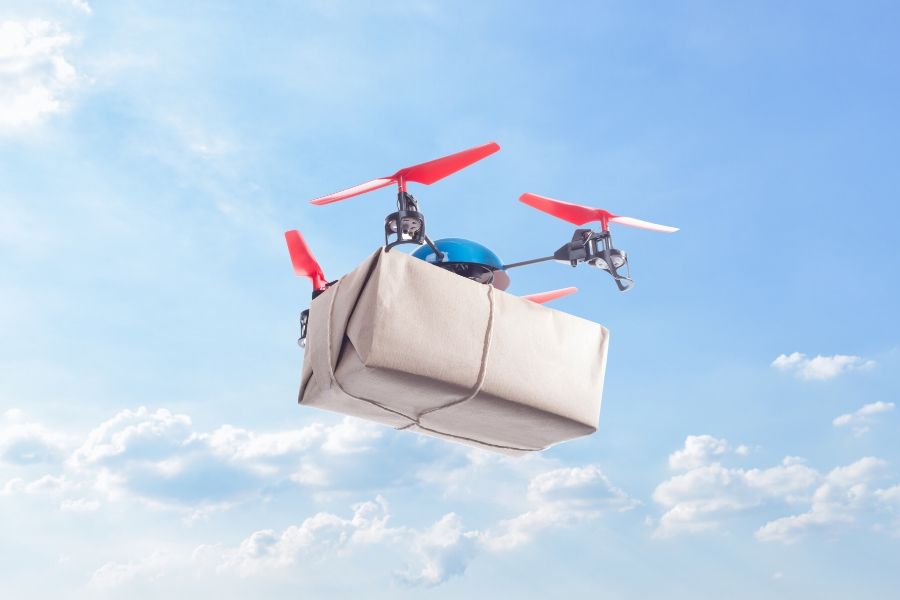As the corona virus grows to pandemic levels in over 37 countries, drones could massively increase an effective response as we can use it for food delivery, testing, and vaccine delivery.
Quarantine is Necessary for Effective Pandemic Response
The corona virus is already having a palpable effect on the world economy. As quarantine efforts increase globally, the creative solutions necessary to scale these efforts are becoming more viable by the minute. As the number of infectious patients increases, how can we increase the efficiency of our countermeasures against the virus? We have already seen drones make an effective effort in reducing the spread of the virus. Drones are spraying areas with disinfectant and already delivering food to communities in Asia.
It’s easy to understand the solutions necessary to stop the coronavirus. Quarantine measures, in order to work, must truly lock off the patient from the rest of the world without any human contact. Even doctors are fully suiting up with respirators and full body suits. This added time is going to increase the overall time to react to patients and even test new ones. How can we effectively test millions of potential super spreaders? How can we deliver test kits to unique homes and inhibit human to human exposure from the virus?
Patients Can Receive Coronavirus Test Kits & Supplies With Drone Deliveries

In a recent study, it was found that drone delivery could provide increased access to consumers in Europe. Noting that 40 million Europeans would be able to take advantage of drone delivery under current constraints.
What if those 40 million people could receive coronavirus test kits? How much time would we save with this method over the traditional means? By eliminating the need for a human to deliver the test kit, we also vastly reduce the propensity for community spreading of the virus. While reducing human contact is important, reaching vast patients in a minimum-amount-of-time, could vastly increase the propensity of eliminating the spread of the virus. How many lives would we save? How many lives would it take to make drone delivery a reality?
Many Americans and Europeans are likely afraid to be tested for the coronavirus, due to the fears of stigma from the quarantine. We can effectively reduce that stigma by using drones to deliver food, medicine and vaccines to homes…instead of sending doctors and potentially increasing the transmission of the virus.
How Existing Legislature is Preventing Drone Delivery From Taking Off
Under the current FAA regulations of Part 107, drone delivery isn’t viable. This pushed Amazon, Google Wing and others to pursue aircraft certification through Part 135, the air-carrier rules. If the current rules for Remote ID were implemented, the propensity for success with this plan would be highly reduced, if outright impossible. We’re excited that the FAA is starting to address the two parallel methods of getting drones air worthy. Yet with the proposed remote Id rules, we see many barriers to entry that would further inhibit these operations. Without going into a 20 page article to explain these arguments, make sure to check out our many podcasts and information on the Remote ID NPRM.
Become a Drone U Member.
Do not forget to subscribe and Listen to Ask Drone U, the #1 drone podcast







Add Your Comment